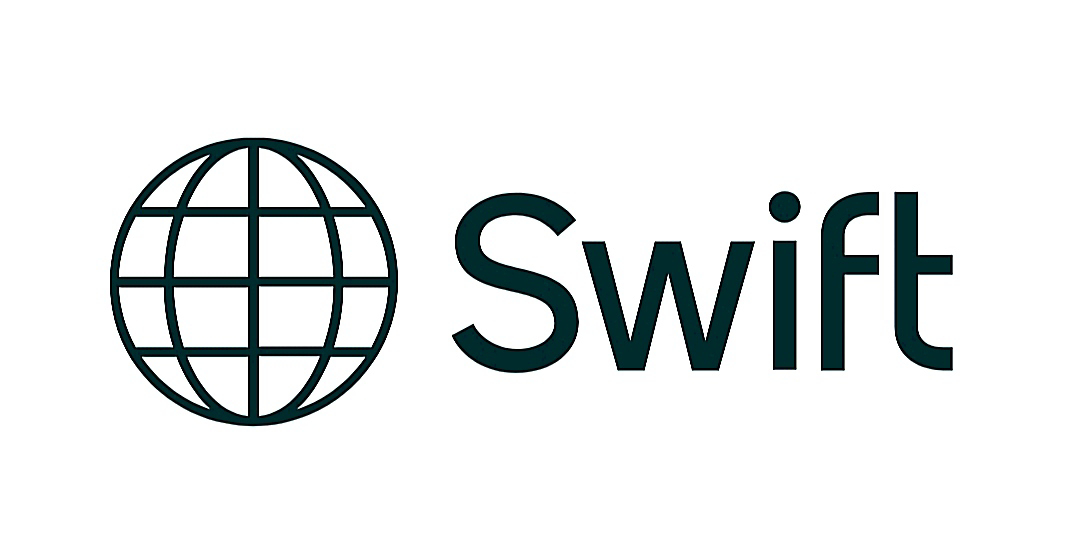Ground Penetrating Radar: Unveiling the Subsurface
Ground Penetrating Radar (G.P.R.) is a non-invasive geophysical method that uses radar pulses to image the subsurface. Operating on the principles of radar, it emits electromagnetic waves into the ground and records the reflected signals to create detailed images of subsurface structures. This technology is widely used in various fields including archaeology, environmental studies, utility detection and geological investigations.
The working principle of G.P.R. involves a transmitter that sends high-frequency radio waves into the ground. When these waves encounter different materials or objects, they are reflected back to the surface and captured by a receiving antenna. The time it takes for the waves to return and the strength of the reflected signals provide information about the depth and composition of the subsurface features. It can detect a wide range of materials including rock, soil, ice, water and man-made structures like pipes and cables.
One of the significant advantages of G.P.R. is its ability to provide real-time data without disturbing the ground. This makes it an invaluable tool for archaeologists who need to explore historical sites without damaging them. Similarly, environmental scientists use it to study soil contamination and groundwater levels.
However, it also has limitations, such as depth restrictions and difficulties in interpreting complex subsurface conditions. The effectiveness of G.P.R. can be influenced by factors like soil moisture, signal frequency and the presence of conductive materials.
Despite these challenges, the advancements in G.P.R. technology continue to enhance its capabilities. Innovations in antenna design, data processing algorithms and imaging techniques are expanding the applications of it. As a result, it remains a crucial tool for subsurface exploration, offering insights that are essential for scientific research, infrastructure development and environmental conservation.
★★★







Comments
Post a Comment